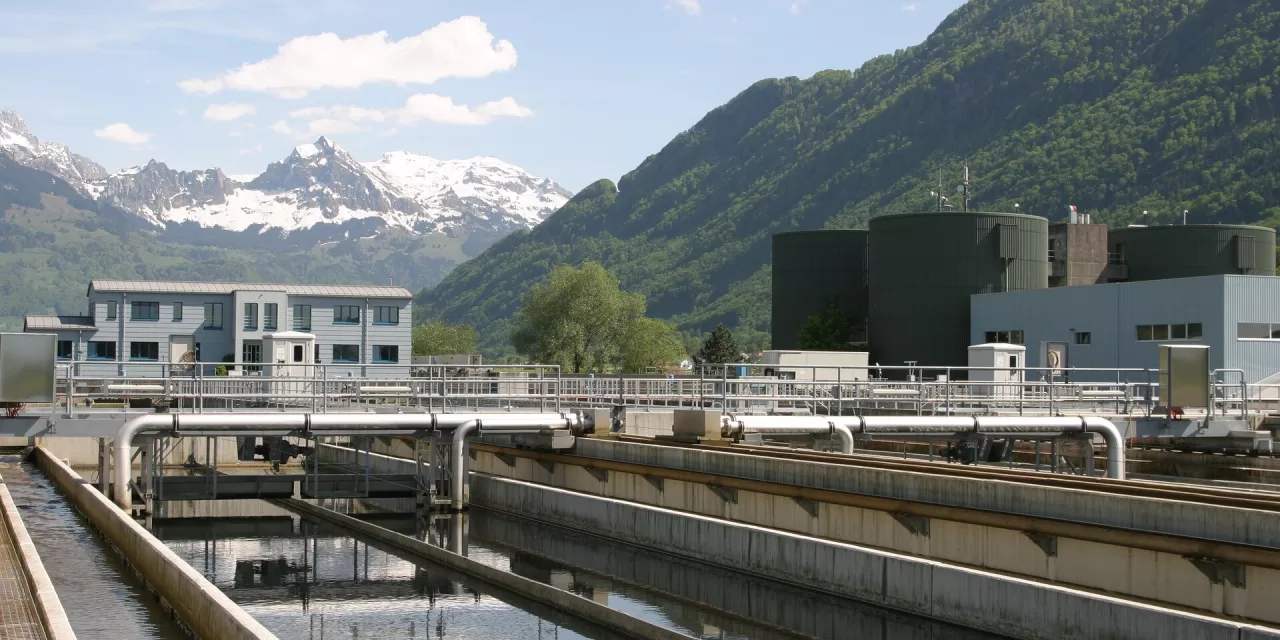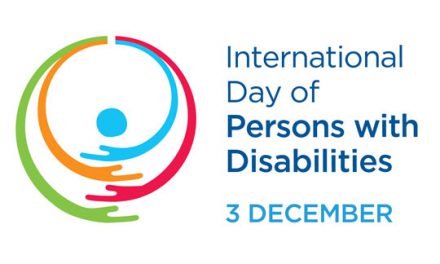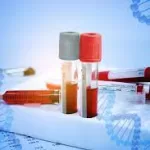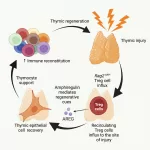The recent detection of circulating vaccine-derived poliovirus type 2 (cVDPV2) in sewage samples across several European Union (EU) countries has raised alarm and calls for heightened vigilance. Between September and December 2024, four countries within the EU/EEA—Finland, Germany, Poland, Spain—along with the United Kingdom, reported the presence of cVDPV2, marking the first environmental detection of the virus in these regions.
As of now, there have been no reported human cases of polio in the EU/EEA, which remains polio-free. However, the European Centre for Disease Prevention and Control (ECDC) emphasizes that such findings highlight the ongoing risk posed by the virus, with potential threats to public health.
The detection of cVDPV2 suggests the virus may have been repeatedly introduced from an unknown location where the virus continues to circulate. In response, ECDC has issued a Rapid Risk Assessment urging close monitoring of the situation and reinforcing the importance of maintaining high vaccination rates across Europe.
Pamela Rendi-Wagner, ECDC Director, remarked, “Europe has been polio-free for more than 20 years. We have to remain vigilant, maintain high vaccination rates, and close any vaccination gaps that exist to prevent any return of this serious disease.”
Poliovirus is highly contagious and can spread silently over large distances, making vaccination efforts all the more critical. Although most EU/EEA countries report vaccination coverage above 90%, subnational data reveals significant gaps. Only 39% of districts have achieved the recommended 90% vaccination coverage, necessitating closer attention to vaccination strategies at both national and local levels.
ECDC estimates that approximately 600,000 children aged 12–23 months missed full primary polio vaccinations in 2022 and 2023, further underscoring the need for timely immunization efforts. The risk of poliovirus transmission remains low among vaccinated populations but could be moderate in areas with inadequate vaccination coverage.
To mitigate this risk, the ECDC advises EU/EEA countries to strengthen their routine childhood vaccination programs and ensure at least 90% coverage across all regions. It also calls for catch-up vaccination campaigns targeting individuals with incomplete or unknown vaccination histories, particularly in areas where environmental sampling has detected the virus.
Additionally, countries are urged to maintain adequate stocks of inactivated polio vaccine (IPV) and ensure that all individuals, especially those with unknown vaccination statuses, receive the vaccine. Environmental surveillance should be bolstered to detect further viral introductions or circulations promptly.
The ECDC’s report further emphasizes the need for effective risk communication and culturally sensitive interventions to encourage vaccination uptake. Through improved data collection and strengthened surveillance systems, EU/EEA countries can better pinpoint vaccination gaps and adapt their strategies to prevent the return of poliovirus.
ECDC will continue working closely with national authorities and international partners to monitor the situation and guide public health efforts. With collective action and unwavering commitment to vaccination, the EU/EEA can continue to protect its populations from this preventable disease.
Disclaimer: This article is based on the European Centre for Disease Prevention and Control’s (ECDC) Rapid Risk Assessment report. The information presented reflects the current assessment as of February 2025, and the situation may evolve. Public health authorities should be consulted for updates and specific guidance.
For more details, refer to the ECDC Report: “Assessing the Risk to Public Health of Multiple Detections of Poliovirus in Wastewater in the EU/EEA”.











